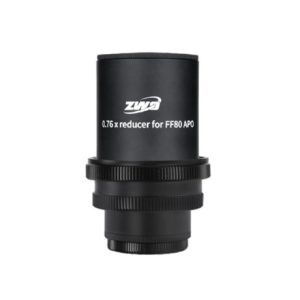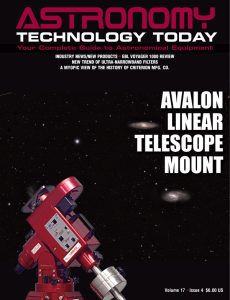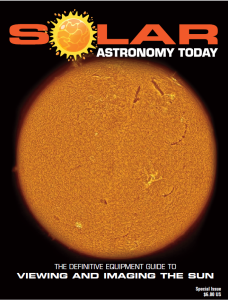The newest ZWO Full Frame Reducer lineup comes in several iterations designed specifically for ZWO apos.
 The FF65APO 0.75× full frame reducer integrates with the ZWOFF65APO. This ZWO Full Frame Reducer offers a four-element optical design and has a reduction factor of 0.75x, which gives the ZWOFF65APO f/6.4 astrograph a shortened focal ratio of f/4.8 and a shorter focal length of 312mm. This allows for less total integration time and a wider field of view, bringing more convenience and possibilities for your wide-field deep sky imaging.
The FF65APO 0.75× full frame reducer integrates with the ZWOFF65APO. This ZWO Full Frame Reducer offers a four-element optical design and has a reduction factor of 0.75x, which gives the ZWOFF65APO f/6.4 astrograph a shortened focal ratio of f/4.8 and a shorter focal length of 312mm. This allows for less total integration time and a wider field of view, bringing more convenience and possibilities for your wide-field deep sky imaging.
The back focus distance is the standard 55mm. It also comes with two thread adapters of M54 and M48, and a built-in M48x0.75 2” filter thread, which makes the connection simple and convenient.
ZWO has also released a new 3-inch FF80APO 0.76X full frame reducer with a three-element optical design, including one element made of ED glass. Its reduction factor is 0.76x, which gives the ZWO FF80APO f/7.5 astrograph a shortened focal ratio of f/5.7 and a shorter focal length of 312mm.. The reducer has a rear interface that attaches to the FF80APO telescope tube’s included four-segment camera extension tube. The back focus is the standard 55mm and it has a built-in M48X0.75 2-inch filter thread for attachment.
ZWO also now offers a 3-inch 0.7× full frame reducer that is compatible with the ZWO FF107APO telescope. It has a three-element optical design, including one element made of ED glass. Its reduction factor is 0.7, which gives the FF107APO a shortened focal ratio of f/4.9 and a shorter focal length of 524mm. The reducer has a standard 55mm back focus and comes with M68, M54, and M48 threaded adapters for easy attachment.
You can learn more about the ZWO Full Frame Reducer lineup here.

 And to make it easier for you to get the most extensive news, articles and reviews that are only available in the magazine pages of Astronomy Technology Today, we are offering a 1-year magazine subscription for only $6! Or, for an even better deal, we are offering 2 years for only $9. Click here to get these deals which only will be available for a very limited time. You can also check out a free sample issue here.
And to make it easier for you to get the most extensive news, articles and reviews that are only available in the magazine pages of Astronomy Technology Today, we are offering a 1-year magazine subscription for only $6! Or, for an even better deal, we are offering 2 years for only $9. Click here to get these deals which only will be available for a very limited time. You can also check out a free sample issue here.
The Sun is more active than it’s been in years and if that’s not enough, we have the Annular Solar Eclipse on October 14, 2023 and the Total Solar Eclipse on April 8, 2024! If you’d like to learn more about the technology behind solar observing, solar imaging and more, you can check out our free publication, “The Definitive Guide to Viewing and Imaging the Sun”. You don’t have to sign up or provide any information, simply click here and enjoy reading!



